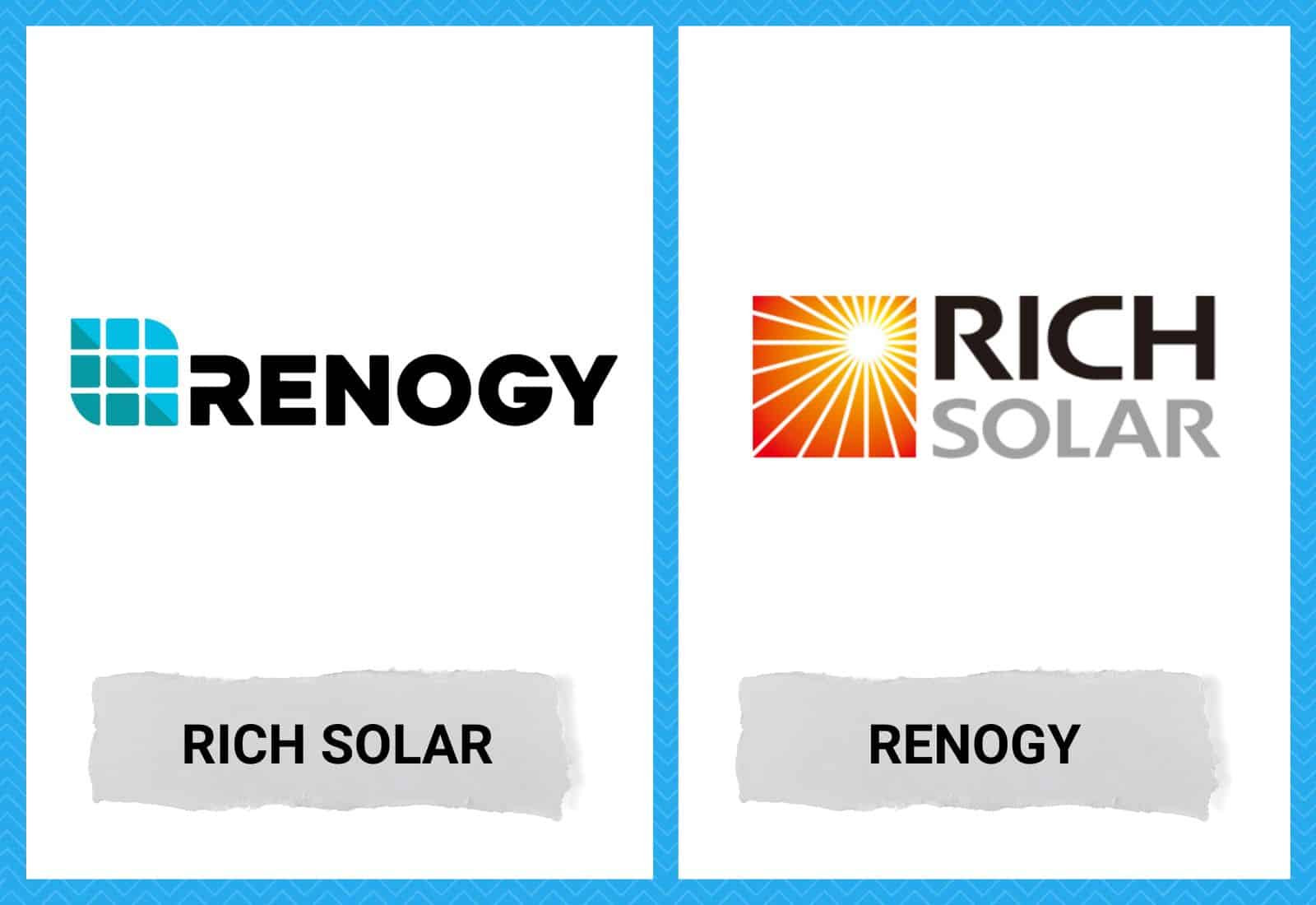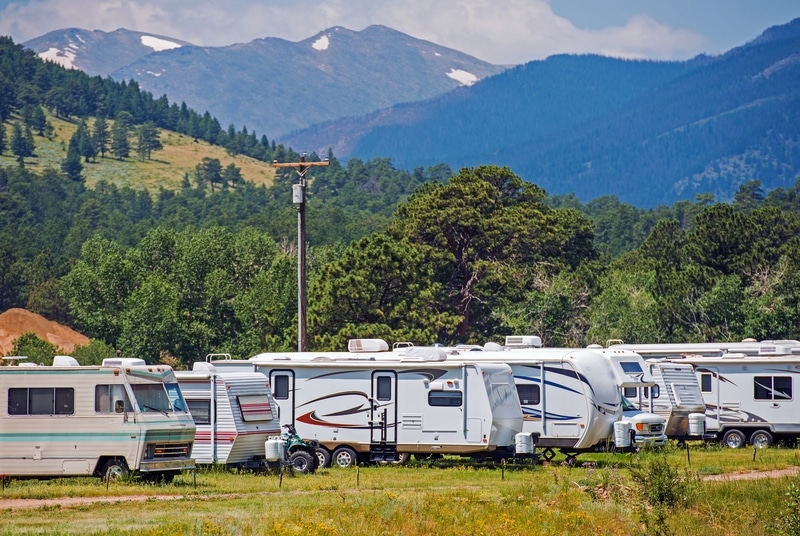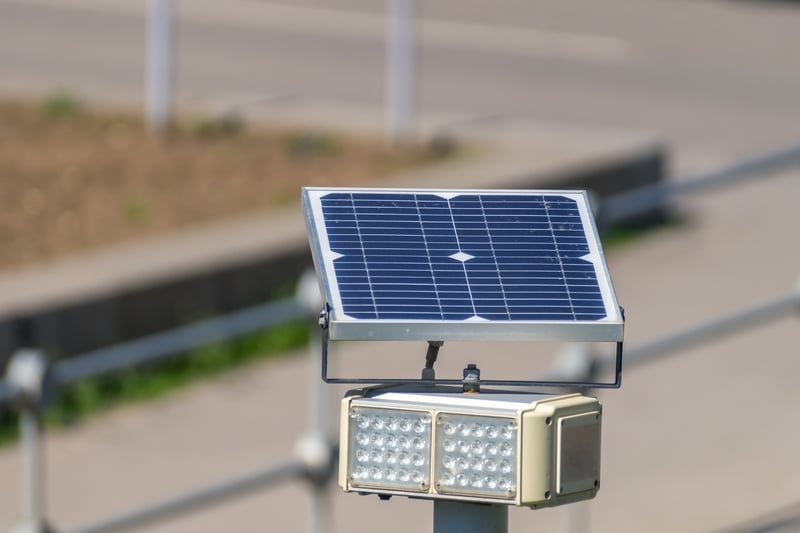
In the past, the idea of building a vehicle with home amenities in it was a snowball’s chance in hell. Automakers knew it was possible but didn’t think it would be practical. Do you know what made them feel so? Not the need to triple the vehicle’s weight.
Not the vehicle’s unsafe dimension relative to the standard road width. Not even the near-zero chance of commercial success.
Yes, that’s the first thing they thought makes the whole concept almost illogical. They thought the vehicle would require immense amounts of power, and at the time, that meant tons of batteries in the cabin.
Plus, there were no charging stations back then, and those batteries would take forever to charge.
Well, we all know what happened. Innovations in power storage took off as well as the availability of electrical hookups at campgrounds.
Dual-fuel fridges and other energy-saving equipment have grown in popularity over the years, and travelers have adapted more to outdoor living. Before we knew it, recreational vehicles started to dominate interstate highways along with trucks and pickups.
Then comes the solar panel
Even with electrical hookups at beaches, campsites, and private facilities, the quest for a longer-lasting supply of electricity for RVs continues.
And with charging still taking too long and more RVs being manufactured each year, the demand for more charging stations isn’t subsiding anytime soon.
…until the solar panels came to save the day. These solar energy converters have been around longer than the demand for more electricity in RVs.
And they’ve only recently been a standard inclusion in RV designs because they were once ultra-expensive, and very few buyers could afford them. Now, prices are falling as competition grows.
Solar panels are taking the outdoor recreation industry by storm for apparent reasons. For one, it helps extend an RV’s power supply. Also, it’s becoming more affordable, and manufacturers now offer multiple sizes, capacities, and installation options.
As a result, you can get the most suitable solar panels for your RV for much less now than a decade ago.
Comparing the Rich Solar vs Renogy
Rich Solar and Renogy are two of today’s leading solar power brands. They are popular not just among home and business owners but also RV owners due to their vast selection of products.
In this article, we’ll cover the differences between these brands and what they offer to help you make an informed choice when investing in solar panels for your RV. Below is a simple comparison of their products.
| Features | Rich Solar | Renogy |
|---|---|---|
| Maximum Power | 50 to 335 Watts | 5 to 550 Watts |
| Maximum Power Voltage | 18.2 to 32.1 V | 18 to 41.97 V |
| Maximum Power Ampere | 2.75 to 9.85 A | 0.27 to 13.11 A |
| Open Circuit Voltage | 22.2 to 41.6 V | 21.6 to 49.95 V |
| Short Circuit Current | 2.94 to 10.4 A | 0.3 to 14.05 A |
| Maximum System Voltage | 600 to 1000 VDC | 9.25 to 1500 VDC |
| Dimensions | 26.8”x20.5”x1.2” to 65.6”x39.4”x1.4” | 11.42”x7.2”x0.2” to 89.7”x44.6”x1.4” |
| Weight | 8.2 to 39.3 lbs. | 0.68 to 62.8 lbs. |
How does a solar panel work?
Before we dive into the qualities of Rich Solar and Renogy solar panels, let’s first look into the inner workings of solar panels and how the electricity they generate can be utilized in the RV.
Knowing how these devices work is essential so that when problems happen, you can deal with them immediately and only hire a technician when DIY repair fails.
We all know that an RV has two electrical systems. One runs on alternating current (AC), which powers most appliances and outlets. The other runs on direct current (DC), which powers the interior lights, slide-outs, propane stove, stabilizer jacks, awnings, etc.
You can’t use items in your RV requiring a 120-V electrical source when you’re on the move. The only electrical system that will work in your RV is the 12-V DC system. You can convert DC into AC if you have an inverter, which allows you to temporarily power 120-V appliances.
The solar panels you installed on your roof convert solar energy into electrical energy and store it in the battery that powers your 12-V DC system.
The setup is pretty simple. The panels are connected to a charge controller via cables, and the charge controller is connected to the battery. As mentioned, if you want to use the power stored in the battery to power the rest of your RV, you need an inverter.
Going back to Rich Solar vs. Renogy
Now that you understand how solar panels work and where their converted energy goes, let’s take a closer look at these two solar panel brands. Based on the table above, it’s apparent that although they offer almost similar product lines, there are subtle differences worth noting.
Size Options
We live in a time when solar panels as a power source are nascent and have a long way to go. So, most people install solar panels to offset their electric bills and not shift to green electricity completely.
This also explains why solar panel manufacturers offer a wide array of sizes, including portable ones. Some even have products as small as a plate—where you put food on.
But it’s different when you own an RV. While the solar panels help offset electric bills from shore power connection, you will most likely use them more frequently than traditional homeowners, whether you’re on the move or camping.
That’s because you will get most of your power from the batteries and only use shore power when parked at a designated campground.
The general rule is the larger the panels, the more solar energy they can convert into electricity. And when it comes to size, Renogy is one step ahead of Rich Solar. Their biggest panels are 89.7″ x44.6″ x1.4,” which is 1,982.37 cu-in larger than the biggest Rich Solar panel.
So, if you want to go all out, you must have spare batteries to top up with electricity, and if you’re planning to have an inverter to power all your appliances, Renogy is the way to go.
Power Output
Even though Renogy has bigger solar panels than Rich Solar, it also has small ones that you can use for other minor applications. These panels are about 400 times smaller in relative volume than the smallest of the Rich Solar.
Yet, in terms of power output, Renogy solar panels don’t mess around. Going from 5 watts to 550 watts, you can run more appliances with them simultaneously.
Rich Solar, on the other hand, only goes from 50 to 330 watts. Apparently, you’d be getting their largest panels, but you need to add more units to store more power.
Then again, you must consider the size of your RV and how much power output you require daily before you invest in solar panels. After all, even if the prices are getting cheaper, the entire installation can still be expensive.
Installation
Rich Solar and Renogy make their products simple so that consumers can install them independently. Of course, you can hire them to install the solar panels for you, but if you have the technical know-how, even basic electronic installation, this job will be simple.
Their products come in kits, but if you’re installing several units, you must purchase several kits. Each kit contains all the connectors and cables necessary to tightly secure your RV’s roof panels and connect the wires to the charge controller and battery.
Maintenance and Longevity
Solar panels from reputable brands like Rich Solar and Renogy are made to last. With proper maintenance throughout their useful lives, these solar panels can last up to 25 years.
Taking care of solar panels includes cleaning them weekly or bi-weekly, just so no dust or debris obstructs the path of sunlight. The clearer the panels, the more sunlight they can catch and the more energy they generate.
Check the connections on the roof, charge controller, and battery regularly as they are exposed to the elements. Rust and wear can reduce the cables’ efficiency, preventing enough voltage and current from passing through.
Replace any broken or deteriorated connectors for the solar panels’ optimum performance.
Conclusion
Choosing the right solar panels for your rig makes RV living easier. You can have as much power as you need throughout your journey, and your installation doesn’t require much upkeep.
It’s best to consult with a licensed electrician or a solar panel expert before deciding on your installation to get the most value for your money.
If you want to save money on your installation, invest time and effort in learning everything about solar panels, from the principles behind their function to their maintenance. Remember that solar panels are still expensive investments.
You must be very careful when handling these devices because they are delicate. You don’t want your investment to go down the drain because of one mistake that renders the panels useless.


